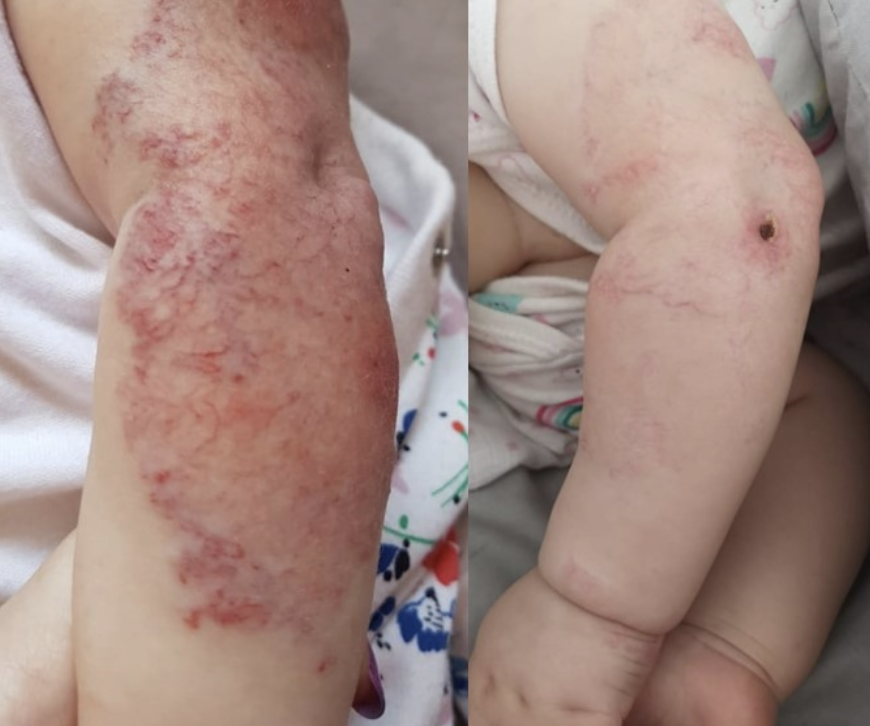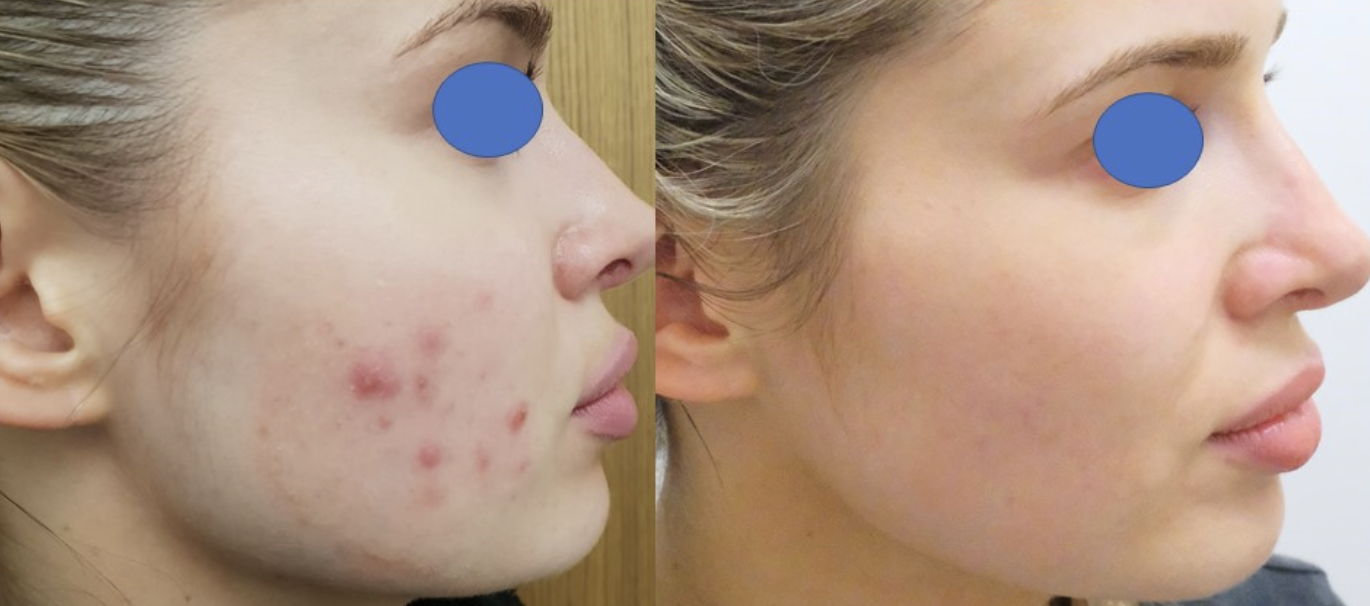Platelet rich plasma (PRP)
Treatment
Platelet rich plasma is widely known by its abbreviation PRP and is a very popular treatment in many disciplines including cosmetic dermatology. PRP is defined as a fraction of plasma of an autologous (one’s own) blood sample with a high platelet concentration, usually greater than 1,000,000 platelets/uL. Upon activation, platelets release clotting factors (such as fibrinogen, von Willebrand factor, factor V), chemokines, adhesion molecules (such as P-selectin) and growth factors (such as platelet-derived growth factor, transforming growth factor (beta), vascular endothelial growth factor, and few others). The clinical effects of PRP are based on the role these released molecules achieve in the induction of inflammation, cell proliferation, differentiation and angiogenesis. In simple terms, the platelets are rich in growth factors and they regulate a number of biological beneficial processes.
PRP thus is a very rich source of very potent and important growth factors which can be used in many applications in cosmetic dermatology. PRP is used for rejuvenation, acne scars (mostly in combination with fractional lasers), stretch marks, hair loss and few other conditions.
The procedure takes around half an hour and begins with extracting a small amount of blood from the veins in the arms. Once this is done then the blood will be processed in tubes and a centrifuge to allow separation of the blood cells from the platelets. These platelets are either rich or poor in growth factors and we are able to separate these 2 types and extract only the platelets which are rich in growth factors. The release of growth factors starts within 10 minutes of platelet activation and more than 95% of secretion is completed within an hour of activation. As a result, PRP should be injected within 10 minutes of activation for optimum results. The PRP is then injected using small needles into the skin depending on where the treated condition is. The treatment may not necessarily require any form of anaesthesia and can be repeated at monthly intervals or whenever the patient desires. PRP can be delivered through microneedling or if fractional ablative lasers are used as a solution rubbed on the skin whereby the PRP solution will flow through the ablated columns into the deeper parts of the skin.








